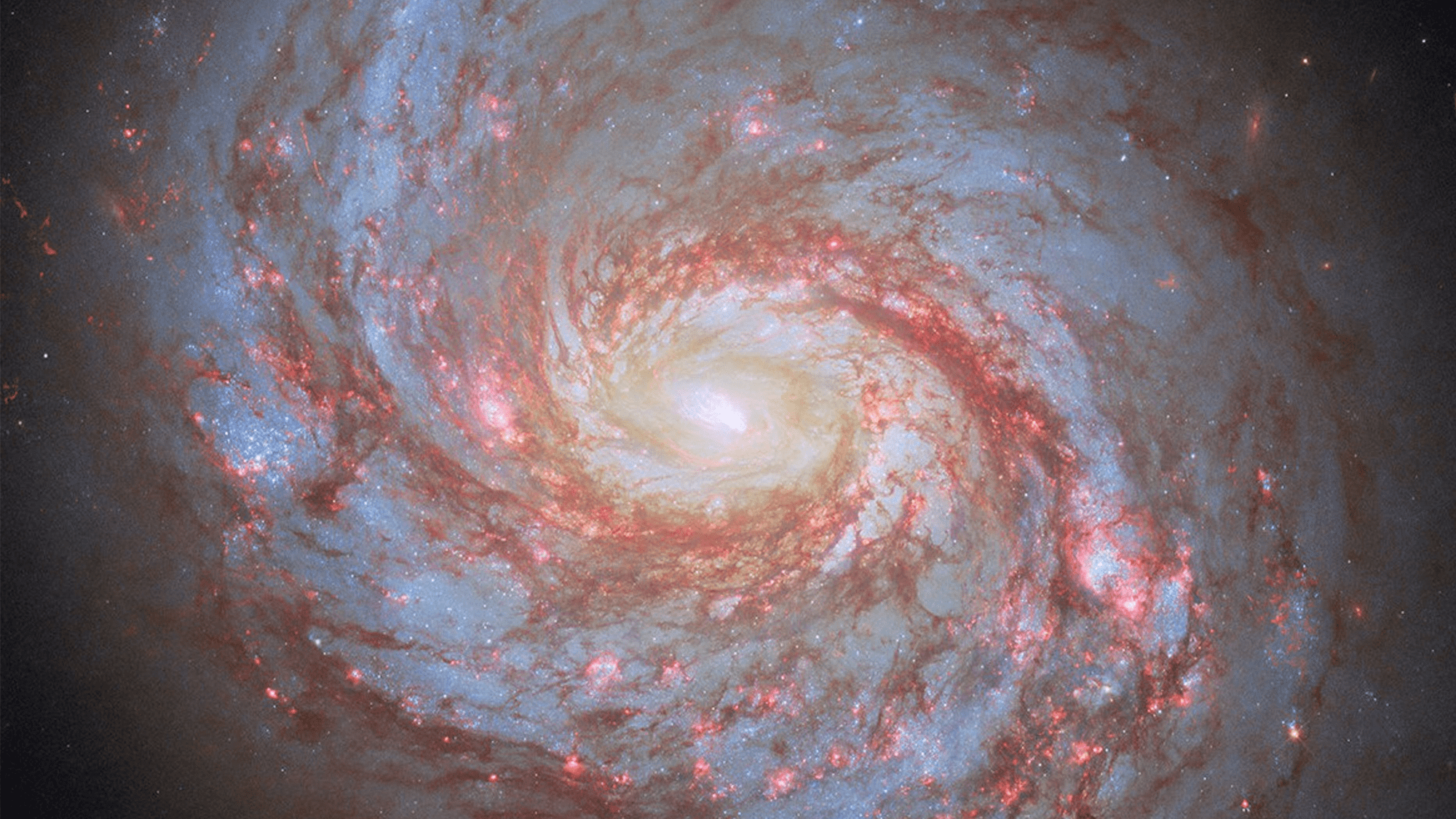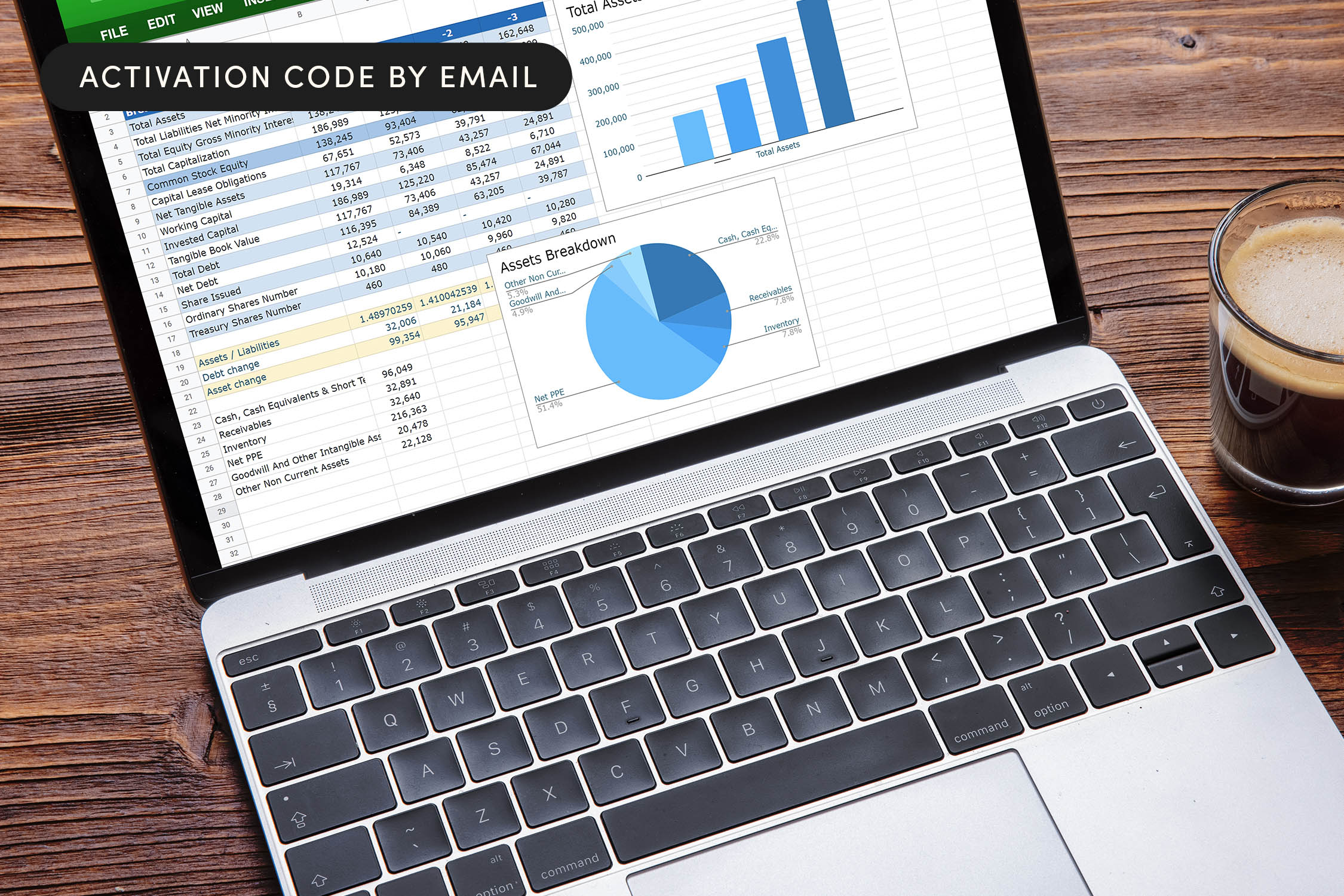
WWW.VOX.COM
Trump hates wind energy. Here, his supporters love it.
If you drive across Iowa, you’ll probably notice two things aside from the many farms: Trump signs and wind turbines.Iowa is Trump country. While the state was once considered politically purple, it decisively supported President Donald Trump in 2016, in 2020, and in 2024, when Trump won in 94 of Iowa’s 99 counties. Iowa’s governor and two senators are also Republicans, and, after some early friction, have fallen in line with Trump. Iowa is also a wind energy powerhouse. A remarkable 59 percent of the state’s energy in 2023 came from wind turbines, a larger share than any other state in the country. Texas is the only state that produces more wind energy than Iowa, though wind power makes up a much smaller portion of the Lone Star State’s energy mix. Wind turbines are now so common in Iowa that they appear on the state’s regular license plates. Related404 Not Found | VoxAt face value, wind energy and Trump don’t mix. Many of his supporters downplay or disregard climate science showing that fossil fuels are warming the planet far faster than it would naturally — a key fact underlying the value of wind energy and other power sources that don’t have significant carbon emissions. In some cases, Trump supporters, including Robert F. Kennedy Jr., also help elevate unproven claims that offshore wind turbines are killing whales.Annick Sjobakken for VoxTrump himself, meanwhile, is the most anti-wind-energy president in history. He’s been bad-mouthing wind power for over a decade, often relying on similarly spurious claims. “We’re not going to do the wind thing,” Trump said in a speech on Inauguration Day. “Big, ugly wind mills. They ruin your neighborhood.” And Trump has already made policy moves intended to slow growth in the sector — causing some developers to halt or totally abandon projects.On one hand, Iowa is a test case for the staying power of renewable energy. Wind farms have expanded in the state not because of climate concerns but because of economics. Wind energy is cheap in Iowa.But Iowa also highlights an important disconnect that exists across the country — between the anti-climate, “drill, baby, drill” rhetoric that helped get Trump elected and the reality facing much of his base living in states that benefit from renewable energy. The economics of wind energy are incredibly strong, experts told me, so the industry won’t just disappear. But Trump’s energy policies, if successful, could have harmful consequences for Republican strongholds like Iowa. A question now is if conservatives who rely on wind energy push back, will Trump soften his anti-wind stance? How wind took over Iowa, a Republican strongholdIf you want to learn about wind energy in Iowa, the person to talk to is Tom Wind. (Yes, his name is literally Tom Wind, and yes, people point it out a lot to him.) He’s a crop farmer and electrical engineer in Iowa who’s been working in the sector — first at a utility, then as a consultant, and now as a wind-farm manager — for decades.There are several reasons for Iowa’s ascendency to wind dominance, Wind told me. The simplest reason is that Iowa is windy. And while some Great Plains states like Nebraska and Kansas are technically windier, Iowa is closer to big population centers, like Chicago, that need lots of power.Annick Sjobakken for VoxIowa was also quick to adopt policies that benefited wind and other renewables. In fact, Iowa was the first state in the country to establish what’s called a renewable portfolio standard (RPS), in 1983. It required the state’s investor-owned utilities to contract out or own at least 105 megawatts of renewable energy, which is enough to power tens of thousands of homes. Iowa reached that goal by 1999, Wind said. When the RPS was enacted, the state legislature was run by Democrats, though it still wasn’t that controversial: Iowa lawmakers, including Republican Gov. Terry Branstad, saw an opportunity to make Iowa more energy independent in the wake of the 1970s energy crisis (an actual crisis, by the way, not the manufactured energy emergency Trump has conjured). The state has also never had a large fossil-fuel industry to lobby against pro-renewable legislation, Wind said.Later, state and especially federal tax incentives for renewable energy further propelled wind to dominance in Iowa. In the ’90s, Iowa Sen. Chuck Grassley, a Republican, helped establish a federal tax credit for building wind farms. That ultimately helped earn Grassley the title of “father” of Iowa wind energy.MidAmerican Energy Company, the largest electric utility in Iowa and a subsidiary of Berkshire Hathaway Energy, was especially hungry for tax credits, Wind said, and has since built out an enormous amount of wind energy. (In reporting this story, Vox reached out to several Republican politicians and energy authorities in the state. Branstad, Grassley’s office, MidAmerican, and Berkshire Hathaway Energy all declined interview requests. Sen. Joni Ernst and Gov. Kim Reynolds did not respond to interview requests.)The state’s many farmers — a core section of Iowa’s economy that maintains a lot of political power — have also helped the wind industry take off. Farmers across Iowa have put turbines on their land as a way to earn more income. While crop prices and yields are volatile and at the whims of natural disasters, wind turbines offer a relatively stable source of revenue, on the scale of thousands of dollars per year, per turbine.Dave Johnson, a farmer who earns money from the turbine located on his property in Riceville, Iowa. Annick Sjobakken for Vox“It’s a real blessing for us,” said Dave Johnson, a livestock farmer in northern Iowa who leases his land to a utility that installed four turbines on his property. He earns about $30,000 a year from the four turbines combined, he told Vox. Johnson’s son also has turbines on his farm. Johnson, a Republican who says he voted for Trump, had the turbines installed primarily because he wanted his farm — where he raises cattle and hogs — to generate more value. “I never had a 401(k),” he said. “I farmed and stuck everything back into the farm. This is the 401(k) that I never had.” Fred Koschmeder, a corn and soybean farmer near Johnson’s farm, also has turbines on his land. “I don’t even look at it as a political thing,” Koschmeder, who also says he voted for Trump, said of wind energy. “It is economic development. If you’ve got a chance to participate in something that brings value, I think you’re kind of foolish not to do it. … It adds a lot of value to your farm and extra income, too.”Farming in Iowa has become more economically challenging in recent years, as the price of some crops like soybeans have dipped, and farm costs, such as tractor repairs, have spiked due to inflation. Climate change is also raising the risk of drought and flooding, according to government and academic researchers. Wind energy “is allowing farmers to stay on the farm,” Johnson said. “That helps rural America.”Annick Sjobakken for VoxAnnick Sjobakken for VoxBut even if you’re not a farmer, you likely benefit from wind turbines if you live in Iowa, said Steve Guyer, senior energy policy counsel at Iowa Environmental Council, a nonprofit green group. The state has stable energy bills that tend to be well below the national average in cost. Onshore wind is the cheapest source of energy with or without tax credits, as of 2024, according to the financial firm Lazard.“All customers benefit from it,” said Guyer, who formerly worked for utilities in Iowa. “Although other costs may rise over time, the cost of the wind actually remains stable or lowers. When we factor that into the overall utility bill, it at least stabilizes the bill.”The wind industry also employs roughly 4,000 people across the state and draws billions of dollars in capital investments. Plus, it’s the No. 1 taxpayer in a third of Iowa counties, according to Mak Heddens, who runs a group called Power Up Iowa, a coalition of clean energy companies in Iowa.While wind energy projects have faced fierce opposition in several counties — anti-wind advocates often rely on misinformation to argue that turbines harm wildlife and threaten human health — the industry is popular on the whole. This likely has little to do with politics or concerns about climate change. People across the political spectrum like wind energy because it’s cheap, local, and generates money for the state’s economy. These are things Republicans really care about, said James McCalley, an electrical engineer and wind energy expert at Iowa State University. (McCalley identifies as Republican.)“We’re a red state, and we’ve embraced it, and I’m proud of that,” said Brent Siegrist, a Republican state representative in the western Iowa’s Pottawattamie County, where a large wind farm produces enough electricity to power up to 122,000 homes. “Maybe it’s the commonsense approach of Iowans: We need energy, and if we can do it renewably — and it’s not costing us a fortune — why wouldn’t we do it?”Are Iowa Republicans worried?There’s no doubt that wind energy is a massive part of Iowa’s economy — powering the bulk of homes and businesses in the state — and a boon to residents. Yet people who support Trump often don’t see his anti-wind position as much of a threat or expect it to shift. Johnson, the livestock farmer, says he doesn’t pay close attention to Trump’s comments on wind energy. “I know he just shoots his mouth off,” Johnson said. When asked about real policies Trump has put in place, including an executive order that pauses new approvals for wind projects, Johnson said he’s not worried because wind energy has a lot of support, even among Republicans. Siegrist, meanwhile, downplayed how much Iowa depends on wind energy, mentioning that the state still uses coal. And while Siegrist doesn’t think the federal government should be controlling what happens to wind development within states, he’s not worried about Trump’s anti-wind statements. “I’ve got enough things to do in Iowa to worry about Washington, DC,” he told me. Annick Sjobakken for VoxPaul Roeder, a Republican who owns a handful of wind turbines in Iowa, is similarly untroubled by the administration’s position. “I’m not so much worried about politics as I am about some of the other external factors that drive the price of energy,” Roeder told me. “The president doesn’t drive the price of energy.” Roeder says he voted for Trump but not because of the president’s stance on renewable energy. This raises a key point: Many Republicans support renewable energy, and they may even worry about carbon emissions, but energy simply isn’t as salient for them as other issues, such as immigration. That helps explain how someone like Grassley — the father of Iowa wind energy, remember — is a Trump ally, even though he’s previously called Trump’s comments about wind energy “idiotic.” Annick Sjobakken for VoxIt’s also worth pointing out that, more generally, people don’t often think about where their energy comes, as long as their lights turn on and their bills aren’t surging. I grew up in Iowa and have visited at least once a year since. But it wasn’t until recently — through my environmental reporting — that I realized how important wind energy is to the state. So it’s not shocking that Iowan’s don’t connect their energy to Trump. “They don’t necessarily make the connection to what the president is saying,” said Bob Keefe, executive director of E2, an association of business leaders, many of whom work in the clean energy industry.But there is real cause for concern. The strong economics of wind energy — what allowed turbines to proliferate in a conservative state — persist today, and so it’s reasonable to expect that the sector will still grow. Yet policies from the Trump administration could seriously dent the industry across the country, including in Iowa. On his first day in office, Trump signed an executive order that aimed to curtail growth of the wind-energy industry. Among other things, it directed agencies to pause new and renewed federal approvals and leases for both onshore and offshore wind projects. Since Trump’s executive order from January 20, the administration has put in place or threatened additional tariffs on countries, such as China, that would substantially raise the cost of onshore turbines, some of which are manufactured in Iowa. Even turbines that are manufactured locally are typically built with at least some foreign parts.“There is a certain level of nervousness in the market,” Manav Sharma, North America division CEO for Nordex Group, a wind turbine manufacturer that has a production facility in Iowa, told KCRG.In a statement, Alliant Energy, the third-largest utility owner and operator of regulated wind energy in the US, according to the company, said it will “continue to monitor the Trump Administration executive orders on national energy policy.” TPI Composites, a global company that manufactures wind turbine blades in Iowa, declined an interview request. Some wind advocates and lawmakers — including some conservatives — are also worried that the Republican-controlled Congress may stamp out tax incentives for clean energy that are part of former President Joe Biden’s Inflation Reduction Act (IRA). Those incentives have largely benefitted Republican districts but are at risk of getting cut as Trump has vowed to repeal the IRA. “I think the subsidies are the biggest issue,” Ernie Goss, an economist at Creighton University who specializes in the Midwest, told Vox. “If they are reduced, will wind energy survive?” Annick Sjobakken for VoxAnnick Sjobakken for VoxEven if tax credits remain, the Trump administration may still weaken incentives, such as through efforts to shrink the IRS. “What could also happen is they cut the IRS workforce,” Wind said, adding that applications to get tax credits have to go through the agency. “If you start losing employees, things start slowing down. It just gets harder to do business with the IRS.”These concerns are especially pressing today as Iowa becomes a hot spot for energy-intensive data centers in step with the AI boom. It will need more energy quickly. Google, Meta, and Microsoft are all building out or operating data centers in the state, in part, because the state has affordable energy.Policies from the administration that harm renewable energy stand to harm Iowa, said Keefe of E2. This is true whether or not you care about climate change. “You don’t do this kind of damage to an industry, you don’t spin off this kind of market uncertainty, and things will be okay,” Keefe said. “The only way they’re going to be okay is if businesses and consumers stand up and demand that their lawmakers not take an energy source away from them that happens to be the cheapest energy we can develop right now.”“If I was one of those thousands of Iowans that work in the wind industry, or if I had family that worked in the industry, I would be calling my lawmaker today and saying, ‘Hey, recognize the risks that you are putting my community at — my family, these jobs, our economy,’” he said.See More:
0 Yorumlar
0 hisse senetleri
24 Views











